Mieszko I, who ruled from 960 to 992, led the first Polish state.
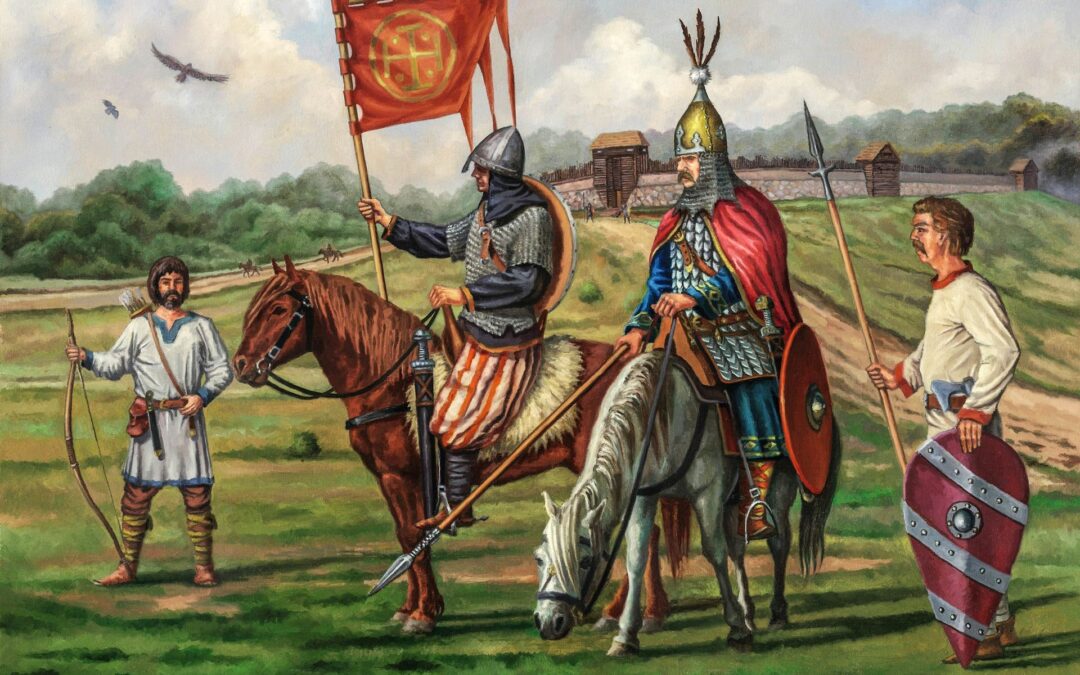

Mieszko I, who ruled from 960 to 992, led the first Polish state.
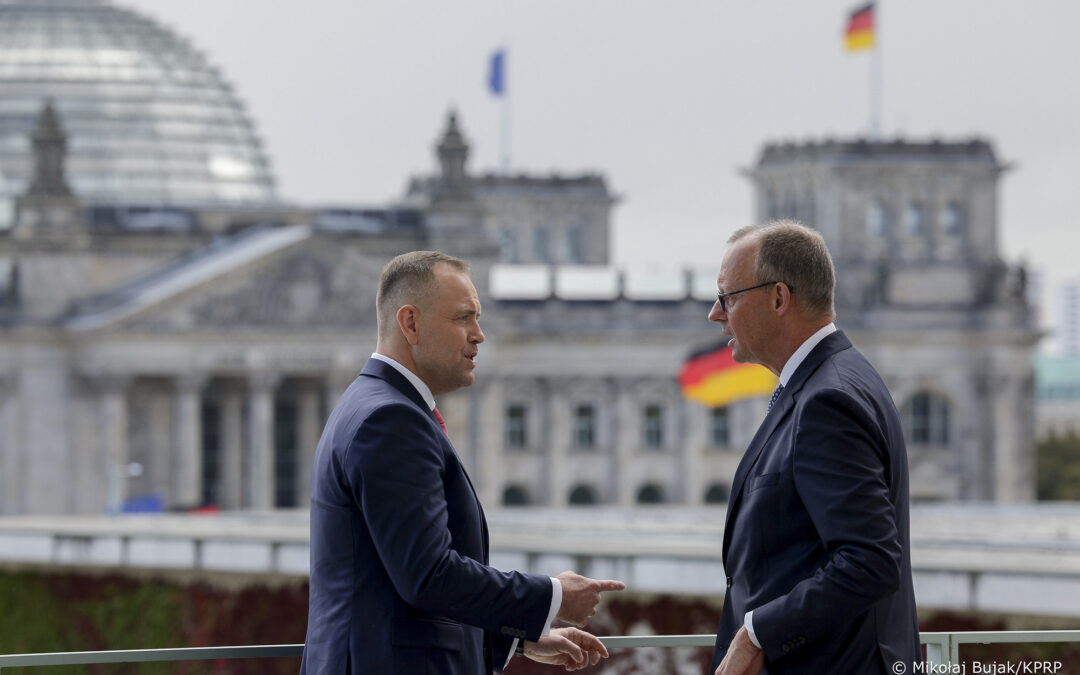
“From a German perspective, this issue has been legally resolved,” said the German president’s spokeswoman.
We are an independent, nonprofit media outlet, funded through the support of our readers.
If you appreciate the work we do, please consider helping us to continue and expand it.
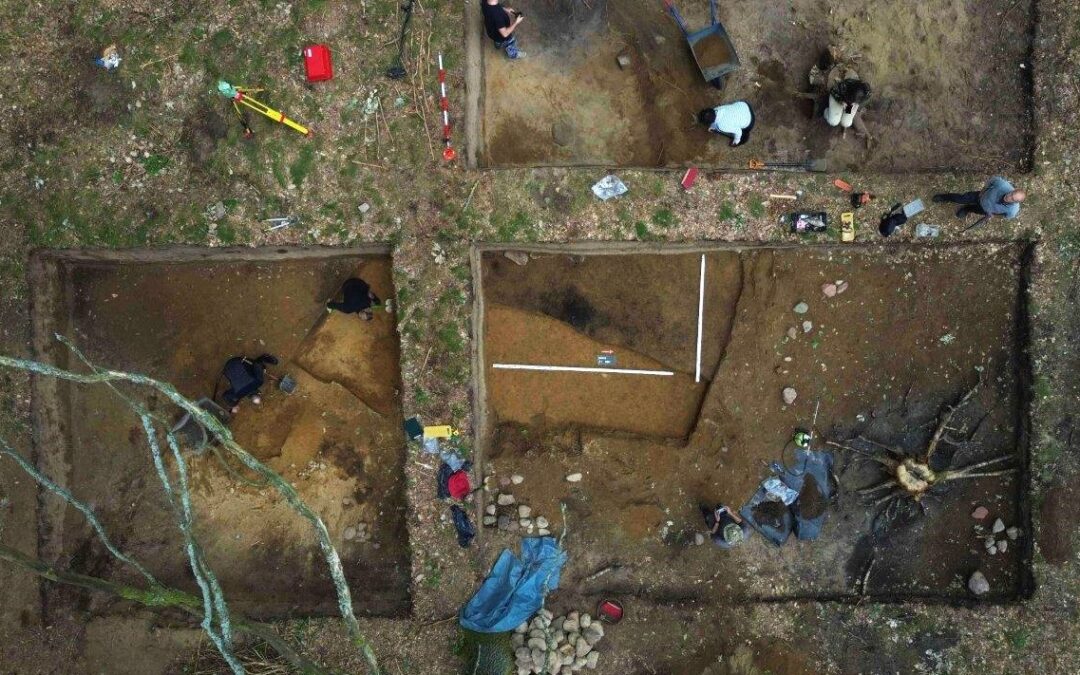
The mounds are believed to have been originally created almost 3,000 years ago then re-used a thousand years later by a different culture.
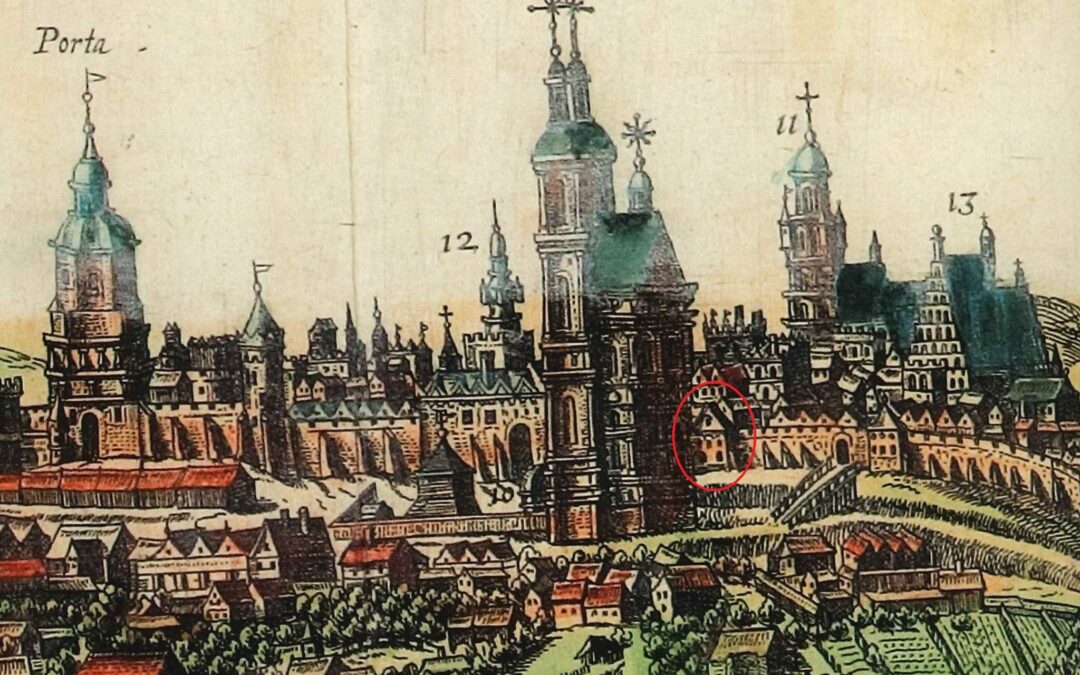
The tower was part of the city’s fortifications before it was handed over to the Jesuit order.
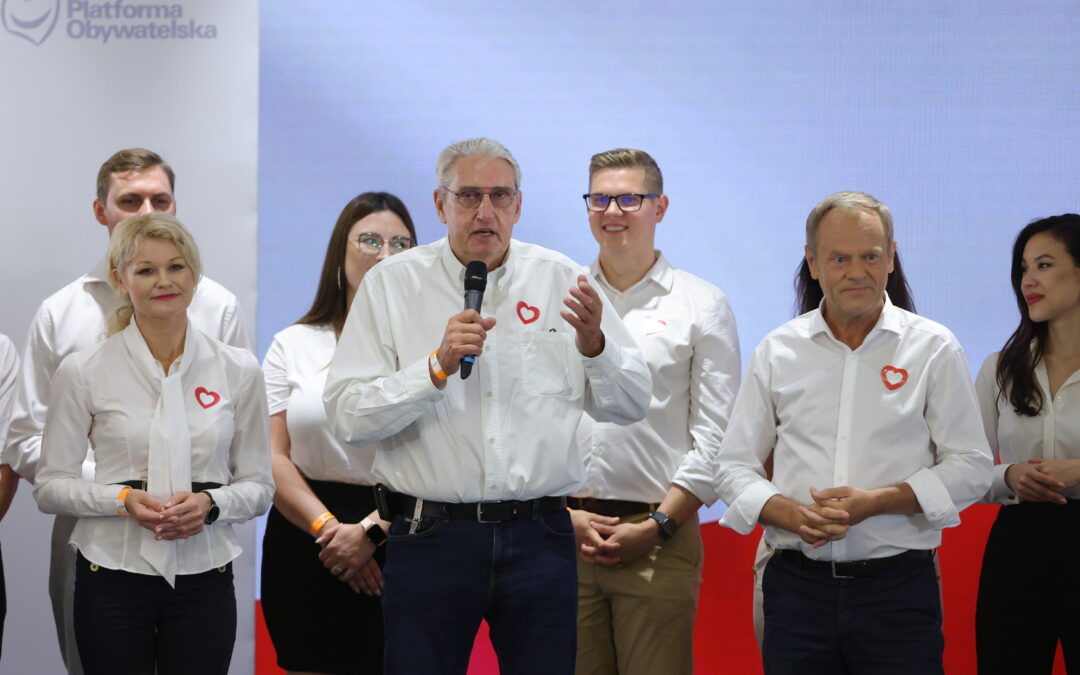
Bogusław Wołoszański reportedly spied on fellow Poles abroad and in one case reported a colleague’s homosexuality to their superiors.
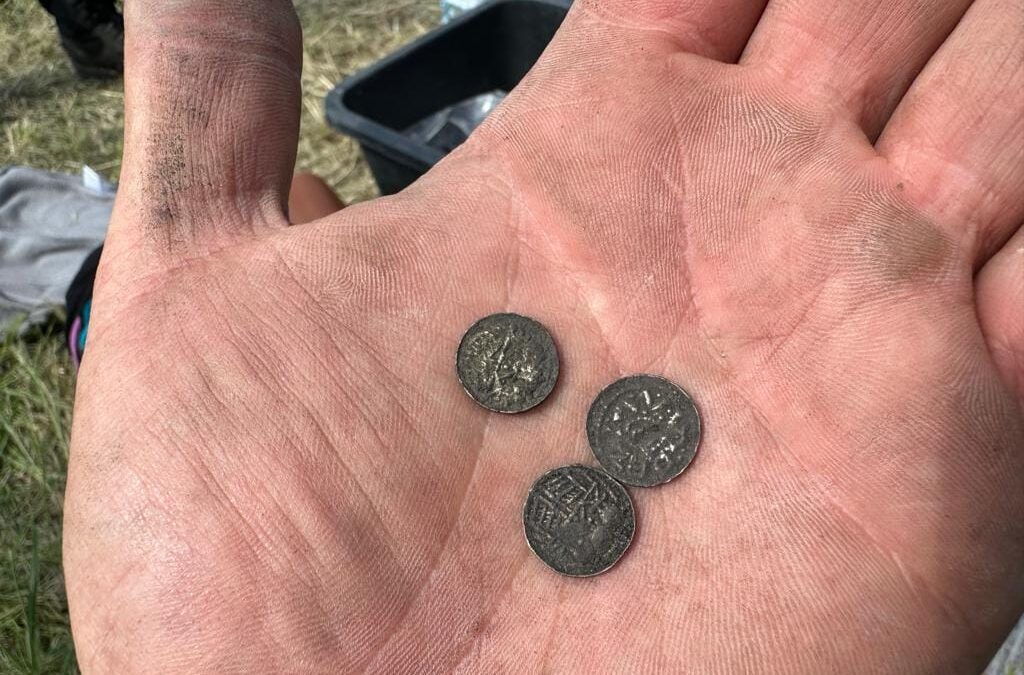
The coins date back to the period of Bolesław the Bold, who was first duke and then king of Poland between 1058 and 1079.
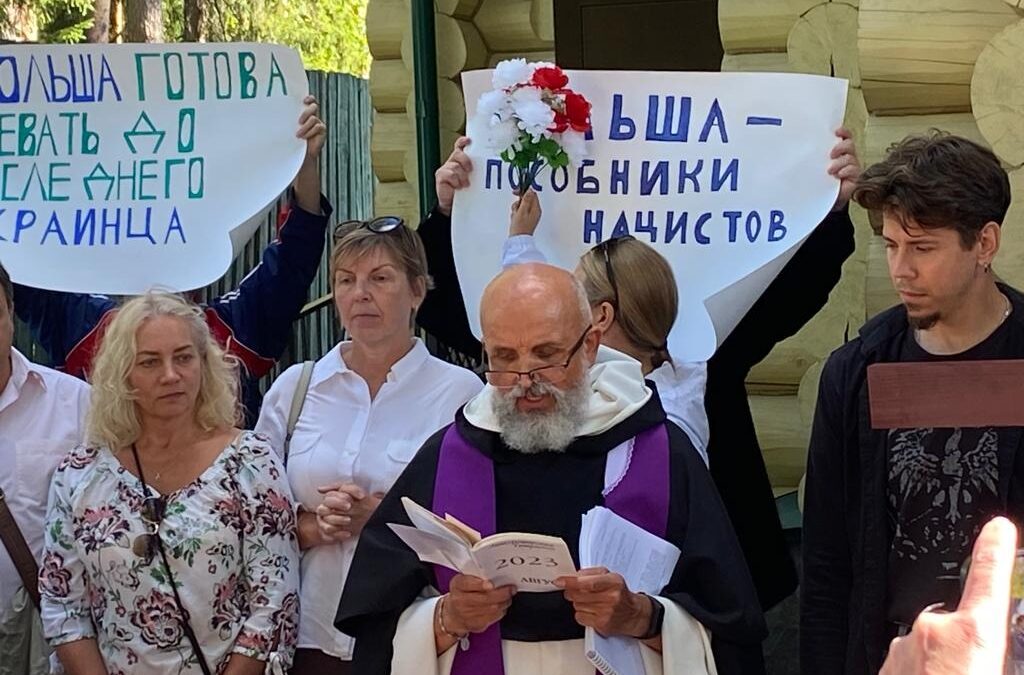
The “Polish Operation” of 1937-38 was an ethnic cleansing action against Poles in the Soviet Union during which over 100,000 were sentenced to death.
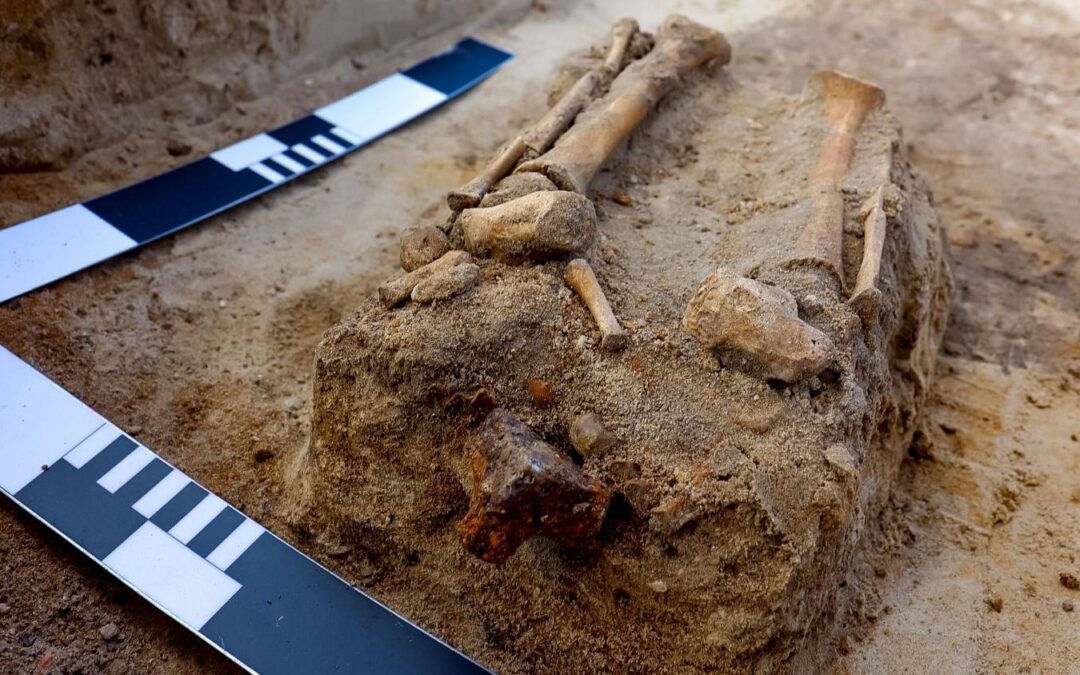
Last year, the remains of a woman buried with similar “anti-vampire” measures were discovered nearby.
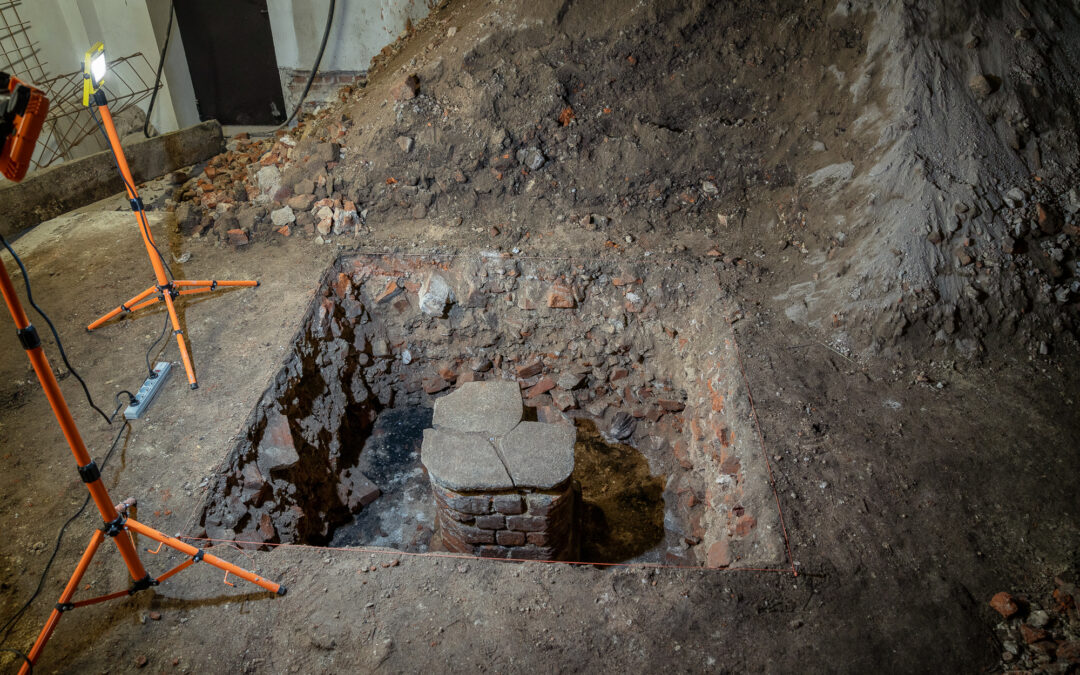
Researchers believe that the remains, which date from the 14th-century, could belong to one of the largest medieval synagogues in Central and Eastern Europe.
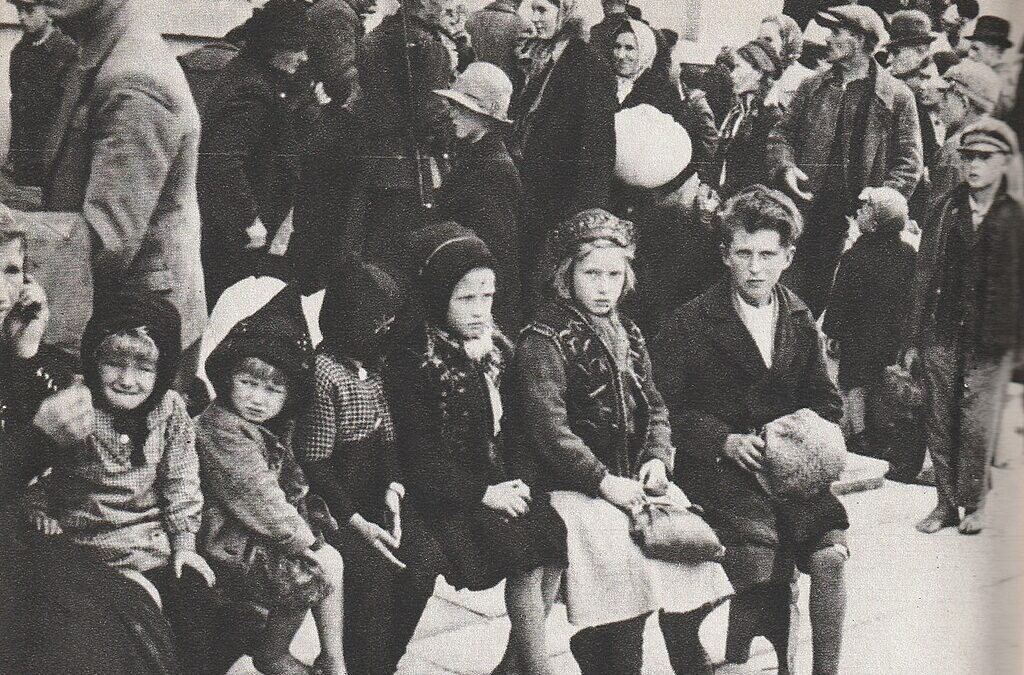
The holiday honours Polish children who suffered under German and Soviet occupation during World War II.
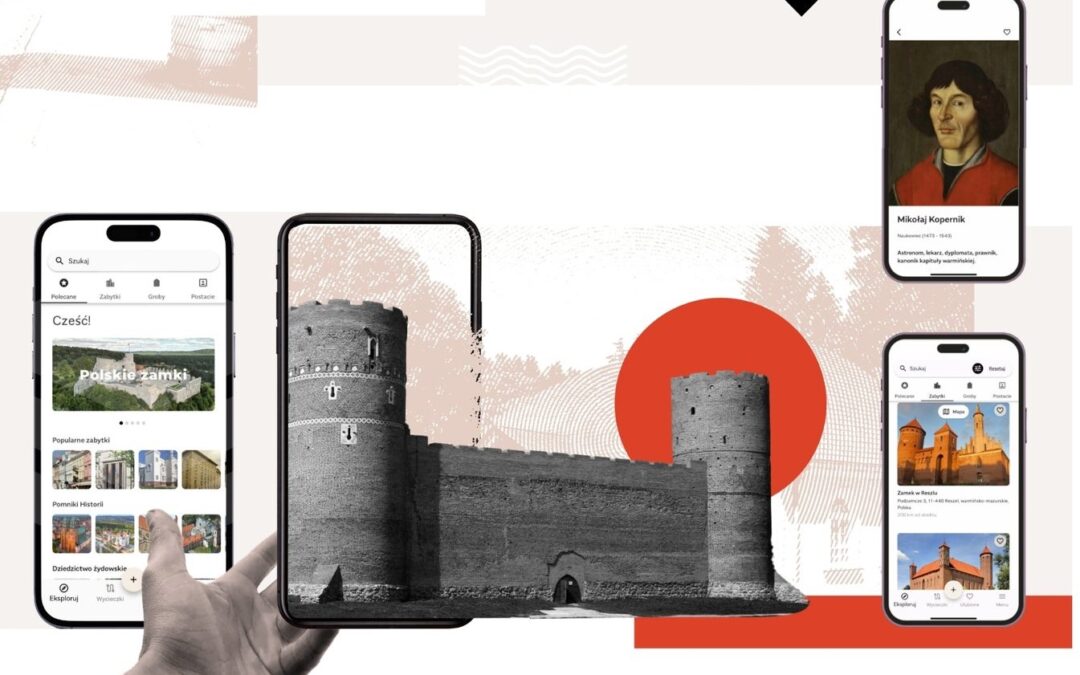
MonumentApp offers ready-made sightseeing tour plans on a variety of themes and interests.
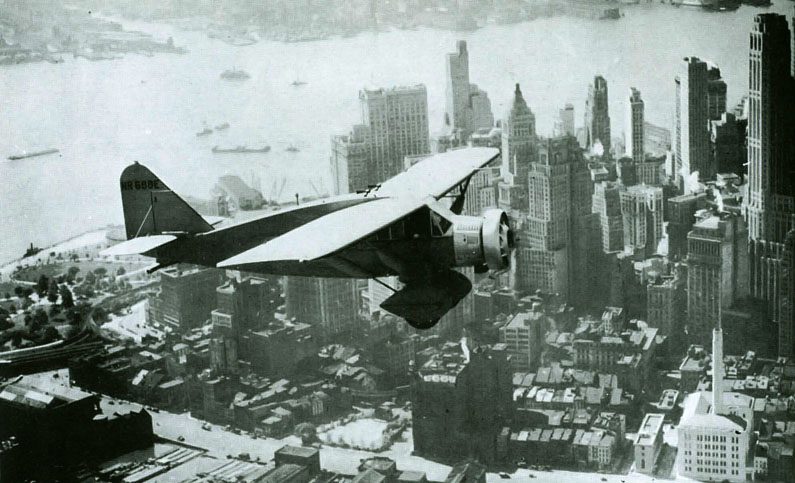
Steponas Darius and Stasys Girėnas crashed in what is now Poland just 650 km short of their destination.
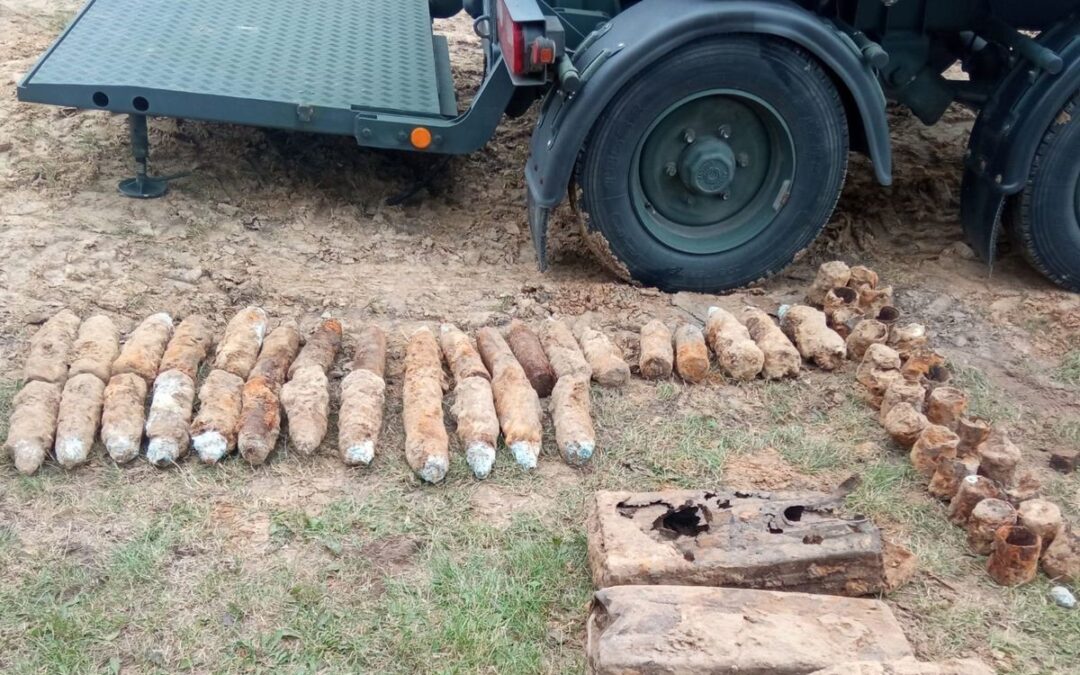
A a total of 72 artillery shells from World War Two were removed by army sappers.

The heads of Poland’s Catholic Church and the Ukrainian Greek Catholic Church signed a joint declaration on the Volhynia massacres.